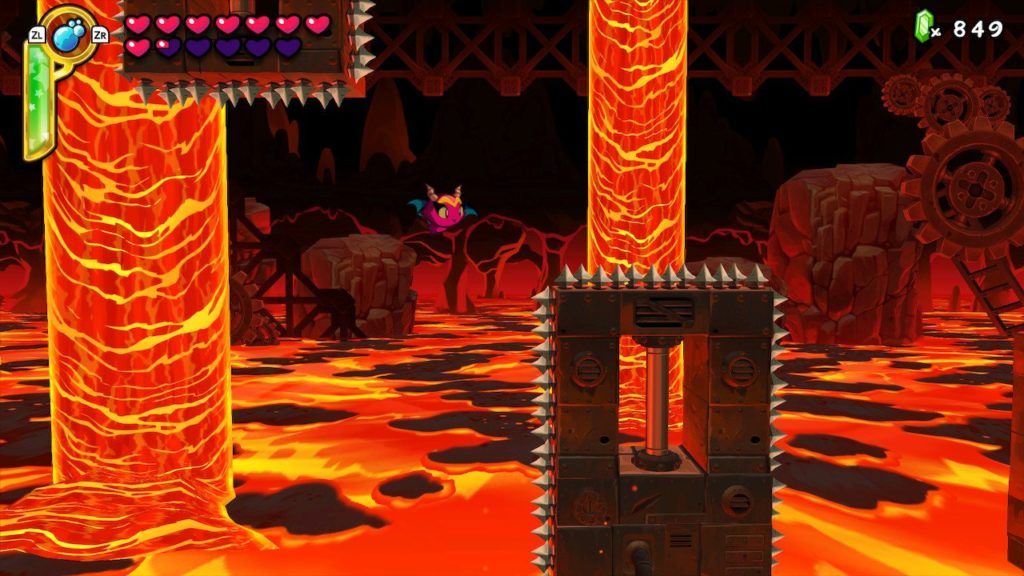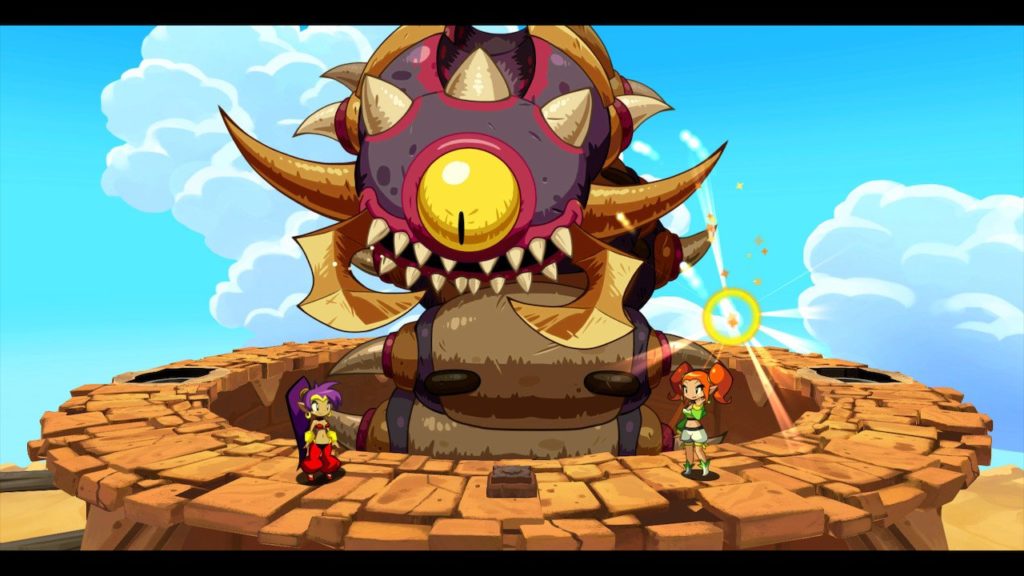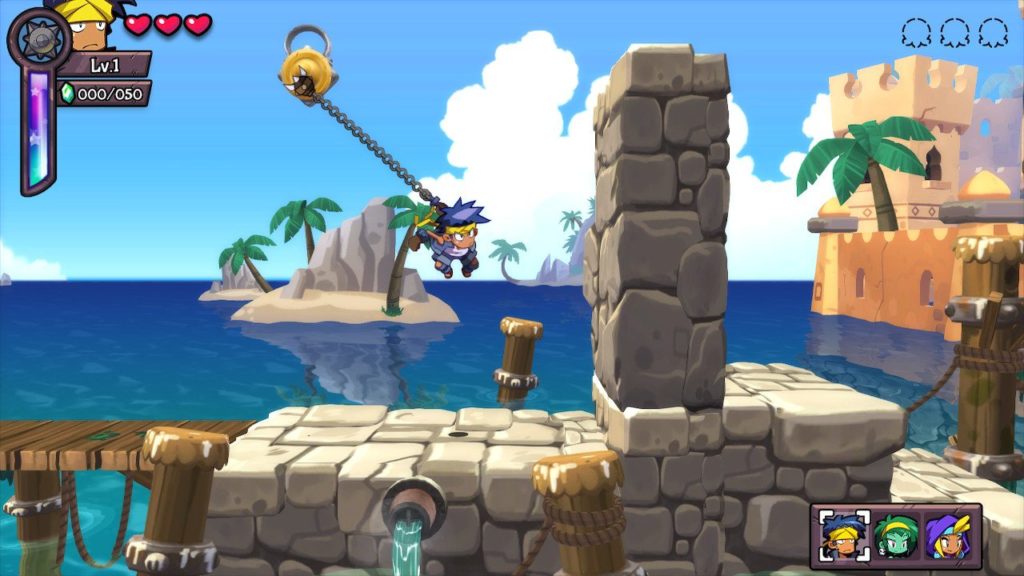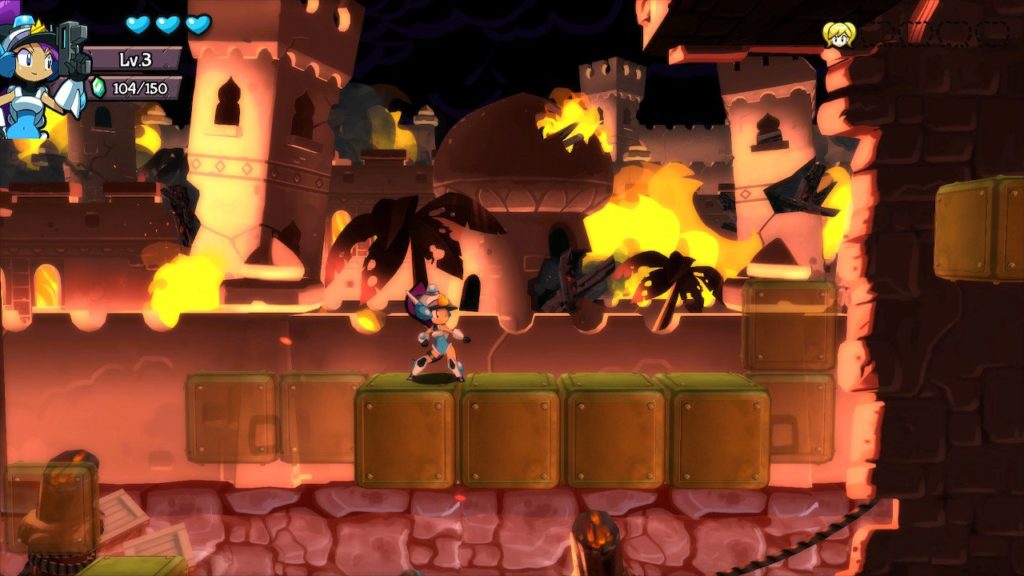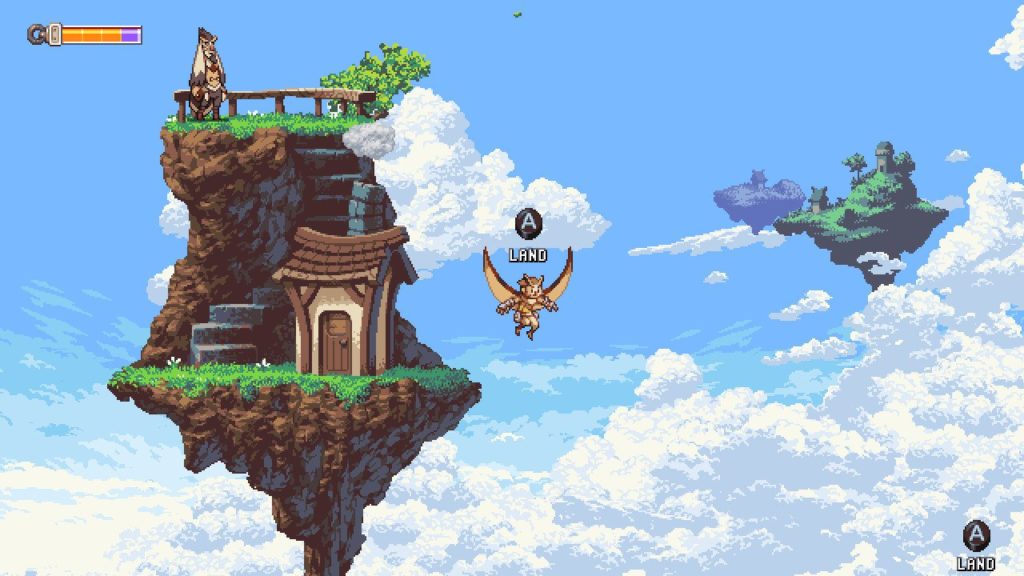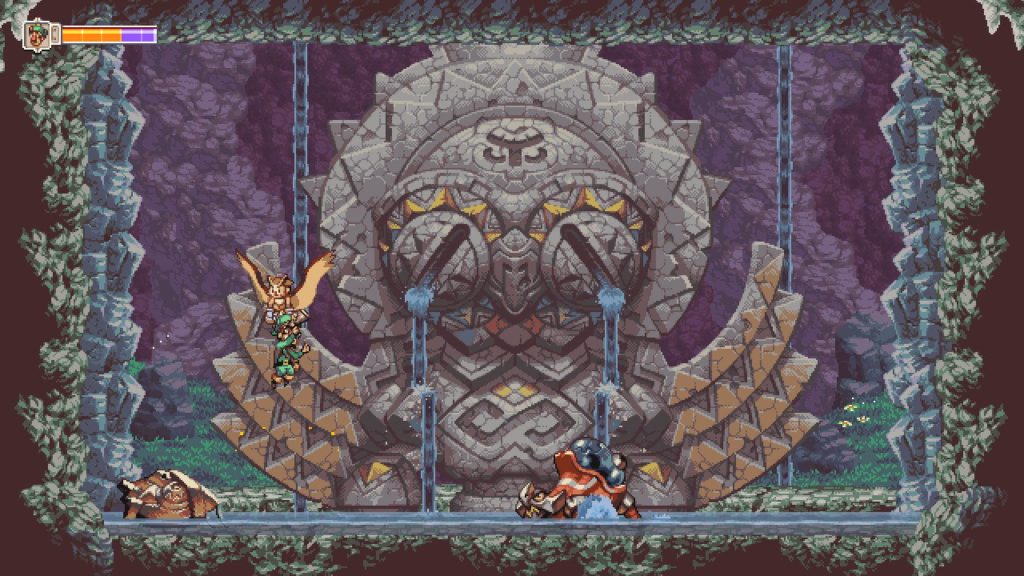More Info from Image & Form Games
- Genre: Metroidvania – Action/Adventure
- Platform: Switch
- Also Available On: Windows, macOS, Linux, PS4, Vita, 3DS, Xbox One
TL;DR
- Fantastic Metroidvania that mixes that genres typical features with a solid mining mechanic to push progression
- Great visual style and audio kick up the presentation aspects of this title
- Fantastic gameplay loop that really fits the on-the-go nature of the Switch
My ramblings don’t hide at all that I’m a big fan of Metroidvania titles. However, I typically stay away from playing them on portable devices since the gameplay loop doesn’t typically feel that good in short bursts. SteamWorld Dig 2 is definitely a big exception to that rule. In crafting a really solid Metroidvania title on its own, the team behind this game has also crafted one that encourages fast travel and exploration in short bursts with frequent returns to base to power up, and given us a title that is both a great Metroidvania as well as the perfect game to play on the go, even if that wasn’t exactly how I went ahead playing it.
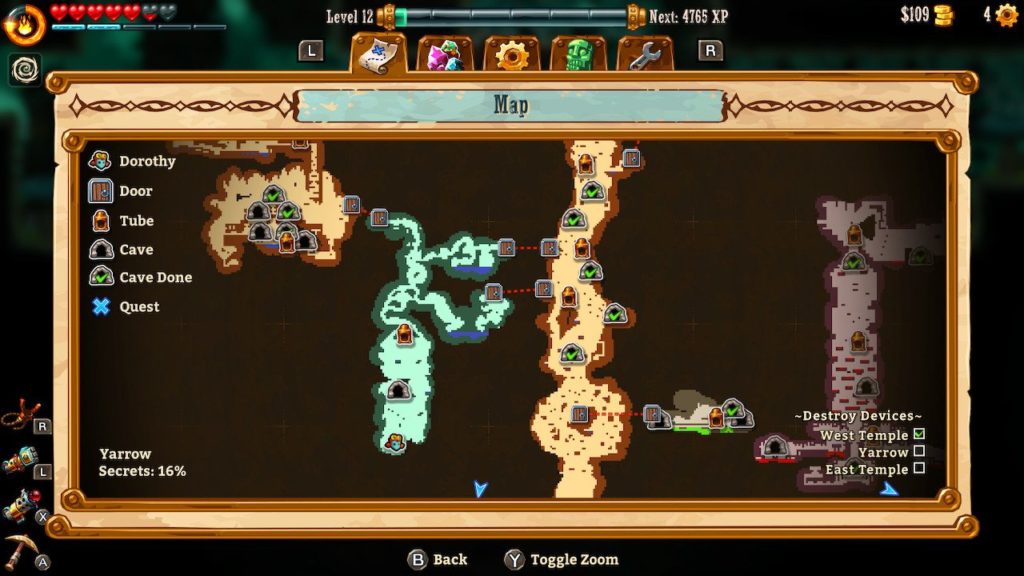
Let’s get this out of the way – yes there’s a whole lot of digging in this game, but this is still a Metroidvania in every way. There’s a ton of secret areas to find, a ton of upgrades to get along the way, and a lot of little enemies to destroy for loot. You’ll spend a lot of time traversing and retraversing levels as you gain access to abilities to let you get through new block types, let you grapple hook, let you fly, and more. However, it is that little mining detail that really separates this game from the pack.
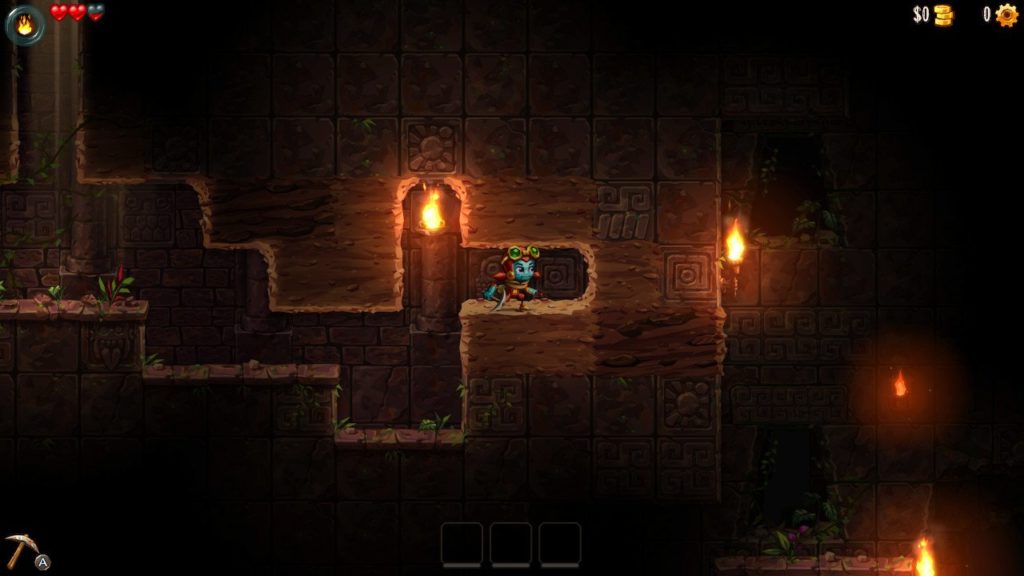
While combat is there to some extent, digging is the real core upgrade loop here and it isn’t as simple as it looks. Throughout the game you end up gaining upgrades to your pickaxe, but you also gain a bunch of other things with similarly destructive tendencies. This ranges from things like jackhammers to mines to grenade launchers, all set in a bid to blow up as much stuff in your way as possible, and the more destructive it gets the more entertaining the result. Throughout this entire process you’re also digging not just to clear paths, but to find gems to sell, upgrade tokens for obvious purposes, and the occasional treasure that can be traded for upgrade blueprints. Basically, you’ll want to always be digging somewhere in order to find every little thing that can be used to move you along the upgrade path.
There’s also a bunch of really smart passive upgrades that may sound weird to Metroidvania veterans, but really do a good job of smoothing out the grind as the game goes on. Just when you get tired of gems falling down into pits, you can purchase an upgrade to draw gems into the player. Just when you’re getting tired of searching every nook and cranny for gems, you can purchase an upgrade that visualizes these things on your active minimap. Just when you’re starting to get tired of searching for those last few little hidden spots, you gain an item that will show a sparkle in-world if you’re near a hidden breakable block. These are all things that simplify the experience to be sure, but they’re given at points well past where mechanics are learned as a reward for getting so far, so they end up feeling like a huge thank you to reduce grind mechanics at the point where it would start to become tiring.
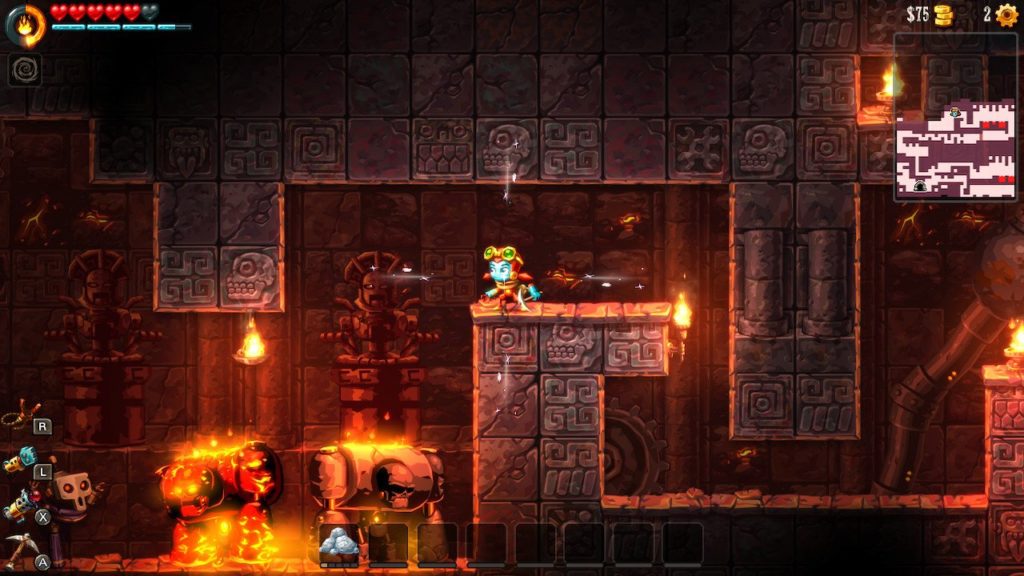
However, the thing that most impressed me is how good this entire loop works for a portable device. Getting through this game is a huge bunch of effectively 5-10 minute sequences where you mine for a bit, fill your bag, and return to town to sell your loot and upgrade your abilities. This is smartly capped by other things that make you want to go back to town anyway, such as a lantern that runs out of fuel, water resources that can sometimes be hard to find, or health that can sometimes be a bit difficult to come by. Typically these things could be really frustrating, but in practice it really reenforces the loot, sell, upgrade loop that Dig 2 is pushing so hard for. There’s a ton of fast travel devices that you unlock all over the world, so there’s almost always somewhere near your start and end of a single loop to warp around which does a ton for minimizing unnecessary retravesal as well.
This basically then becomes the perfect portable title. Grab your Switch, 3DS, or Vita, play for 5-10 minutes, get a loop in, and put the device to sleep. You’re always making progress, always increasing your power curve just a bit, and always doing something beneficial to getting towards the end. With a typical playthrough clocking in at the 6-8 hour range, this gives you a whole bunch of little loot loops to take advantage of as well so you end up getting a bunch of mileage out of it when played this way.
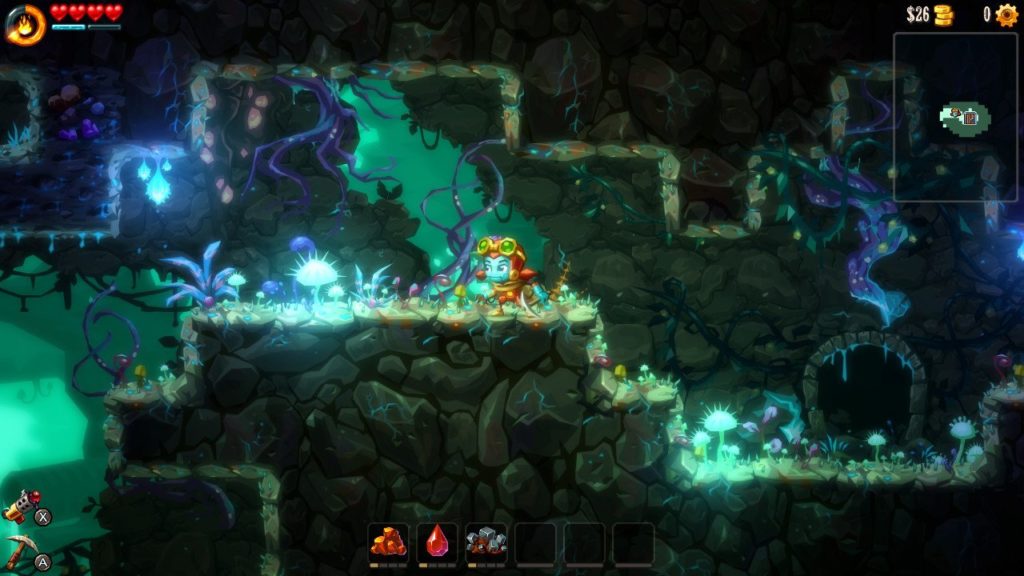
Really this ends up being a great Metroidvania title, even if it’s a bit off the typical path for this genre. Even just from presentatin aspects this one hits all the right marks. Visually this is a looker, the audio and soundtrack are all fantastic, and the framerate and controls are solid throughout. From a portable perspective this is also the perfect way to play the genre, with a game loop that enforces a 5-10 minute mini-run setup instead of longer form gameplay that these can sometimes get stuck in. Would this game work fine as a console or PC experience as well? Absolutely. However, I think this one really nails it as something you’ll want to bring along with you as the perfect travel companion experience.


